Top 10 most secret societies in the world

Throughout history, secret organisations have flourished, with founding fathers and royals among its membership. The attractiveness of secret societies stems from a combination of mystery and mythology. For decades, conspiracy theories have surrounded them, with tales linking groups like the Illuminati to everything from the French Revolution to JFK's assassination. However, it's critical to distinguish between reality and fantasy.
Posted On May 18th, 2021
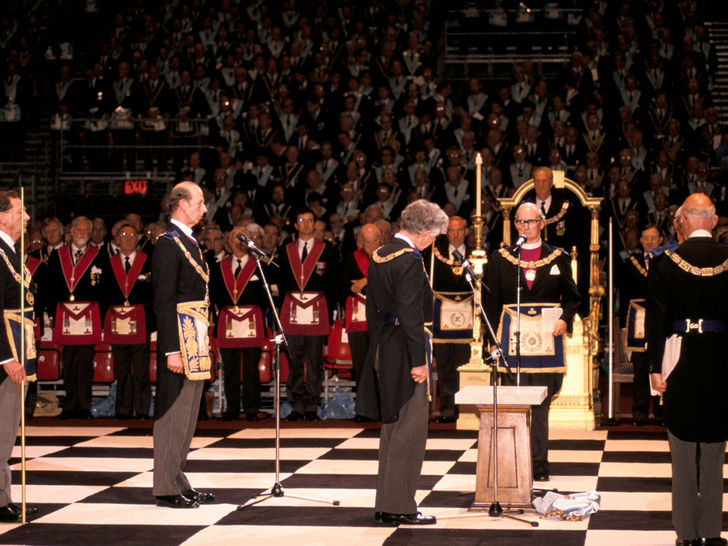
Freemasons
Although members are urged to believe in a Supreme Being, or "Grand Architect of the Universe," Freemasonry is not a religion. Masonic temples and secret rites have caused a schism between them and the Catholic Church. The origins of the Freemasons may be traced back to Europe's Middle Ages when most tradesmen were organised into local guilds. Cathedral builders were had to move from city to city due to the nature of their work. They were identifiable by trade symbols, such as the builder's square and compass in Freemasonry's now-iconic insignia. Aspiring members must request membership and cannot be solicited in any other way, as summed up in a recruiting slogan: "All you have to do is ask."
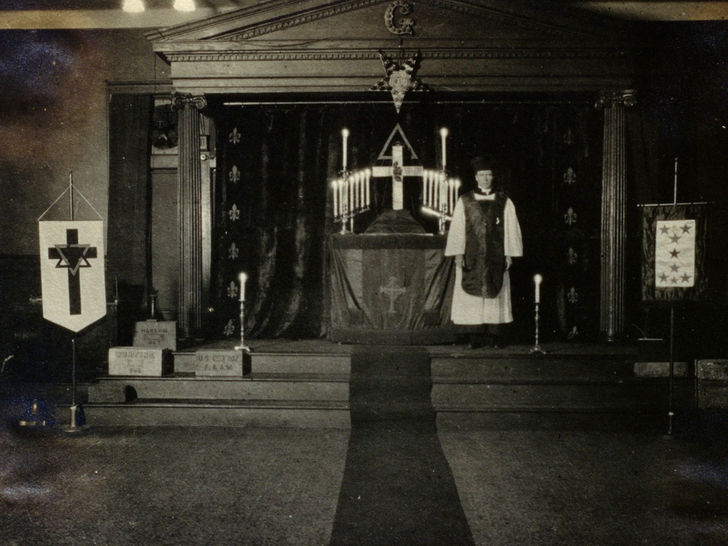
Rosicrucians
A Rosicrucian is a member of an international fraternity that claims to have passed down esoteric wisdom from ancient times. The name comes from the order's insignia, a rose on a cross, which resembles Martin Luther's family coat of arms. The doctrines of the Rosicrucians are a mix of occultism and various religious beliefs and practises, such as Hermeticism, Jewish mysticism, and Christian Gnosticism. The concept that its members possess secret wisdom that has been passed down to them from ancient times is the core element of Rosicrucianism. The Rosicrucians' origins and doctrines are detailed in three anonymously published works attributed to Johann Valentin Andreae.
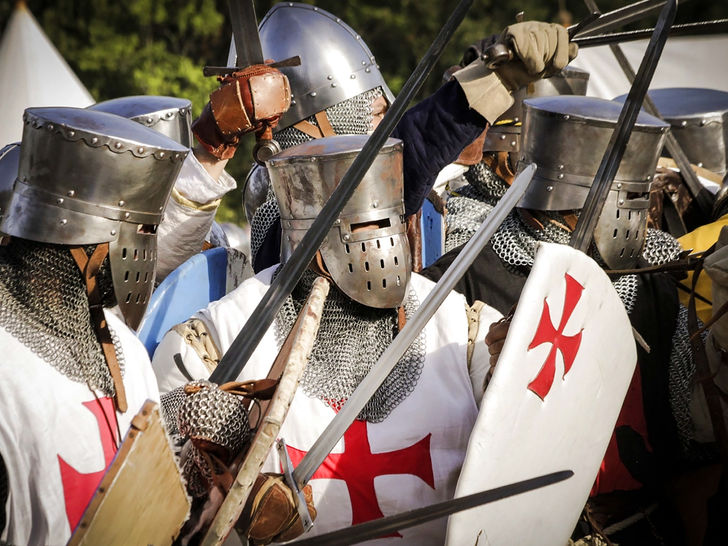
Knights Templar
During the Crusades, the Knights Templar were warriors committed to defending Christian pilgrims to the Holy Land. Members of the organisation, which has its headquarters on Jerusalem's Temple Mount, committed to living a life of chastity, obedience, and poverty, refraining from gambling, drinking, and even swearing. More than their military prowess and moral lifestyle, the Knights Templar were well-known. After establishing a bank that allowed pilgrims to deposit money in their home countries and withdraw it in the Holy Land, they became one of Europe's wealthiest and most powerful groups. In 1312, Pope Clement V formally abolished the order and dispersed its wealth in response to demand from the French government.
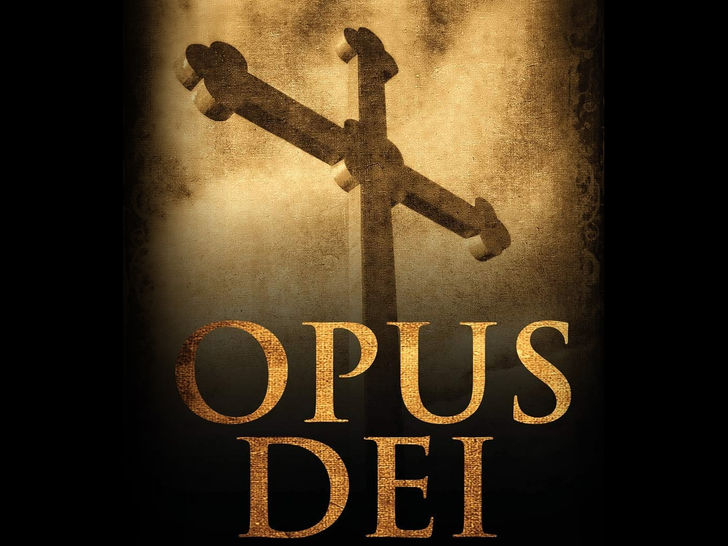
Opus Dei
Members of Opus Dei strive for personal Christian perfection and to implement Christian goals and values in their professions and society at large. Opus Dei, a theologically conservative organisation that accepts the church's teaching authority without question, has long been a source of controversy, having been accused of secrecy, cultlike behaviours, and political ambitions. St. Josemaria Escrivá de Balaguer y Albás, a priest with a law degree, established Opus Dei in Spain in 1928. Numeraries, or members of Opus Dei, commit a significant amount of time to the organisation. The supernumeraries, who are free to marry and contribute financially to Opus Dei, make up the majority of the membership.

Assassins
Between 1090 and 1275, the Assassins were a Shia Islam group known as the Nizari Isma'ili who dwelt in the highlands of Persia and Syria. The current term assassination is derived from the Assassins' techniques. After a succession issue inside the Fatimid Caliphate, NizariIsma'ilism arose in the late 11th century. Hassan-iSabbah established the Assassins. While the term "Assassins" is sometimes used to refer to the whole cult, only a small number of adherents known as the fida'i were actively involved in combat. Daggers were favoured over poison or arrows as a means of death.The Assassins are represented as skilled murderers in Western, Arabic, Syriac, and Persian literature, where they are responsible for the methodical killing of opposing leaders.
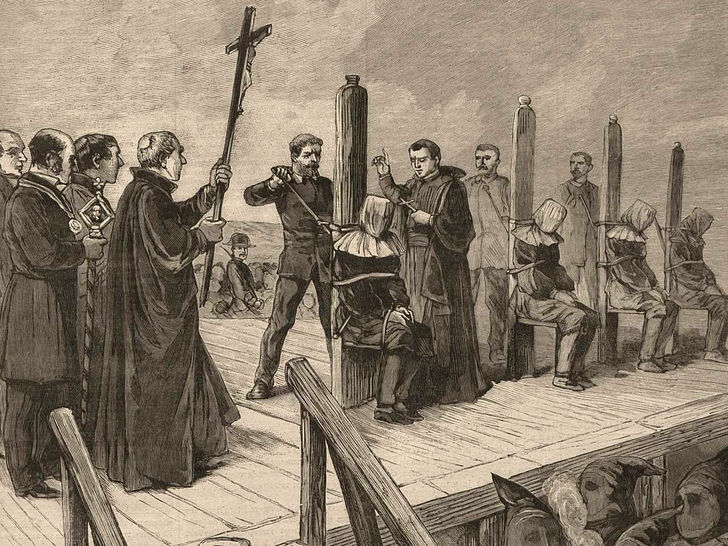
Black Hand
The Black Hand began in Serbia in 1912 as a secret club of anti-imperialist political revolutionaries. It arose from NarodnaAdbrona, an organisation that aimed to unify all of Europe's Slavic peoples under a single government. They were active in the outbreaks of WWI and WWII, making the Black Hand one of the twentieth century's oddly significant entities. Col. DragutinDimitrijevi founded the club in 1911, and its members were mostly army commanders with a few government officials. It commanded the army in Serbia and exercised enormous power over the government through frightening officials. It grew so powerful that it posed a threat to the government's authority.
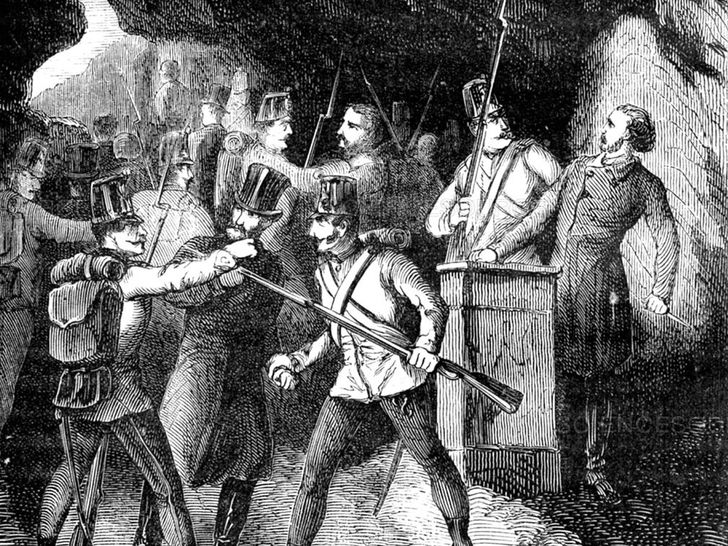
Carbonari
Carbonari were members of a secret organisation (the Carboneria) supporting liberal and patriotic views in early nineteenth-century Italy. After Napoleon's defeat in 1815, the organisation became the principal source of opposition to the conservative governments imposed on Italy by the victorious allies. Their influence paved the path for the Risorgimento, which led to the unity of Italy (1861). The Carbonari possessed a hierarchical organisation, an initiation process, and intricate symbols. The nobility, officeholders, and minor proprietors were the majority of their members.
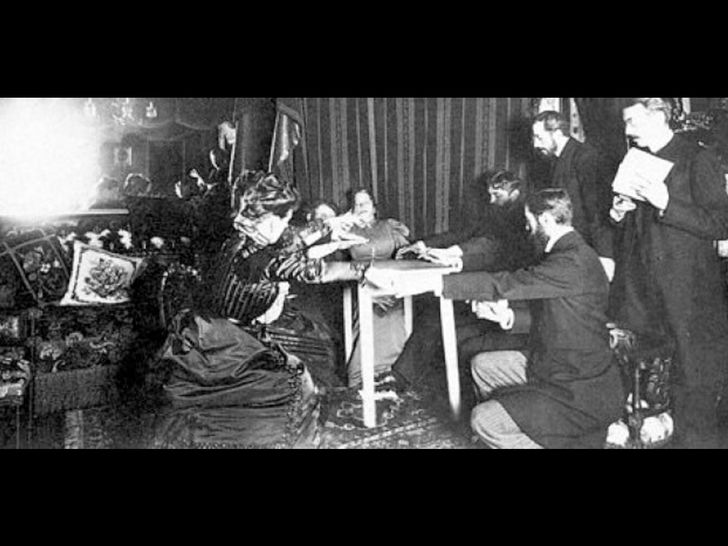
Hermetic Order of the Golden Dawn
Dr. William Robert Woodman, William Wynn Westcott, and Samuel Liddell MacGregor Mathers founded the Golden Dawn order. All three men were Freemasons and members of the Anglian SocietasRosicruciana. The Golden Dawn's belief system is based on Christian mysticism, Qabalah, Hermeticism, Ancient Egyptian religion, Freemasonry, Alchemy, Theosophy, Magic, and Renaissance works. Two of the group's most well-known members are William Yeats and Aleister Crowley. The Cipher Documents are the order's most essential documents. A cypher ascribed to Johannes Trithemius was used to convert them into English.

The Illuminati
Adam Weishaupt, a Jesuit-trained freethinker, formed the Illuminati, a radical branch of the Enlightenment, whose members were given the name Illuminati, on May 1, 1776, in Ingolstadt (Upper Bavaria). Because the Illuminati did not need to believe in a supreme entity, they were especially popular with atheists. The fact that the majority of the members were humanists contributes to the prevalent assumption that the Illuminati seeks to topple established religion. It's even been speculated that the Skull and Bones club is an Illuminati American offshoot. Many individuals think that the Illuminati is still in charge of the world's governments and its major acts.They are thought to want to establish a One World Government based on humanist and atheist beliefs.
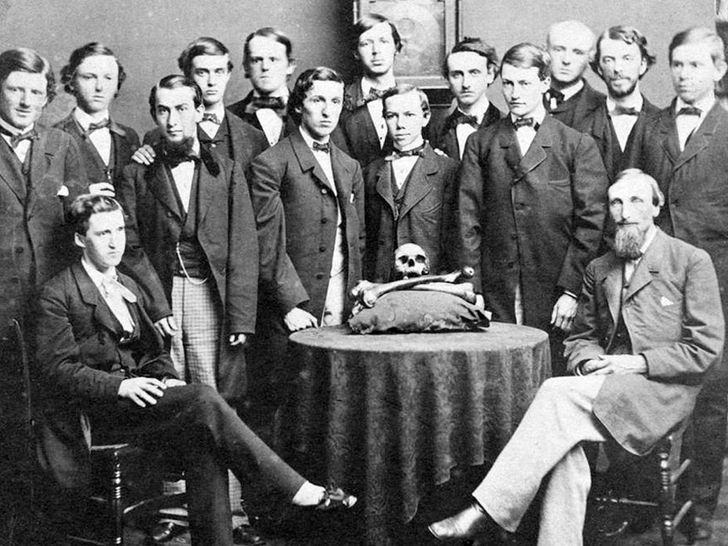
Skull & Bones
The Brotherhood of Death was the original name of the Order of Skull and Bones, a Yale University club. It is one of the United States' oldest student secret organisations. It was formed in 1832, and only a select few are allowed to join. To this day, the group practises masonic ceremonies. Members congregate every Thursday and Sunday in a structure known as the "Tomb." Conspiracy theories abound in today's culture, the most prevalent of which being that the CIA was founded on members of the organisation.

